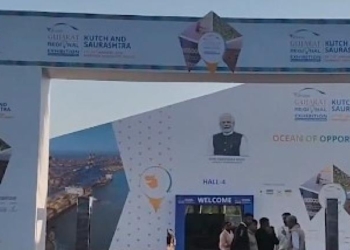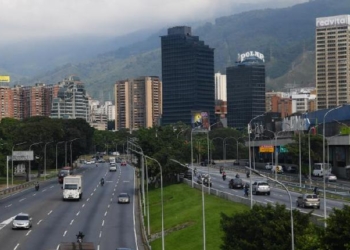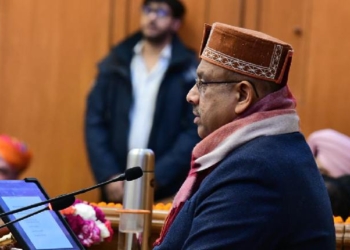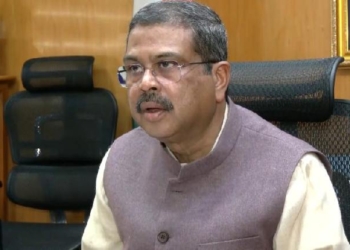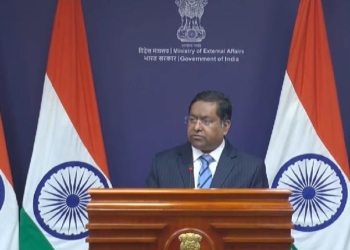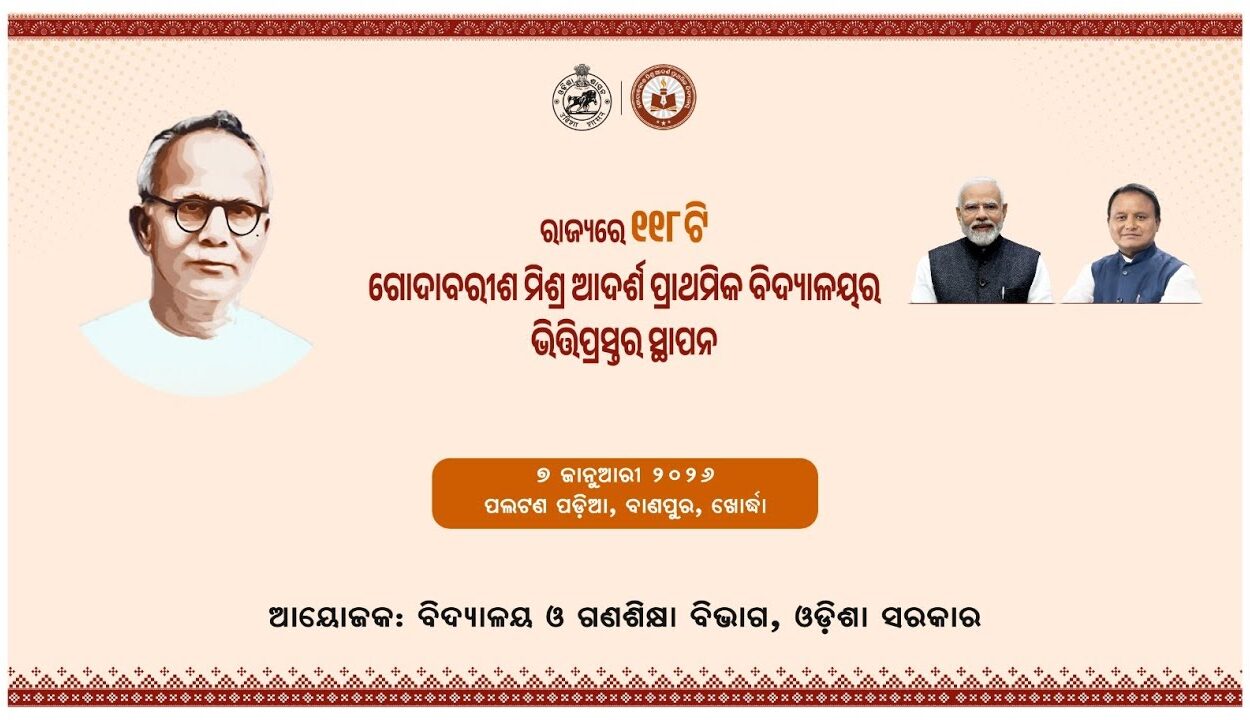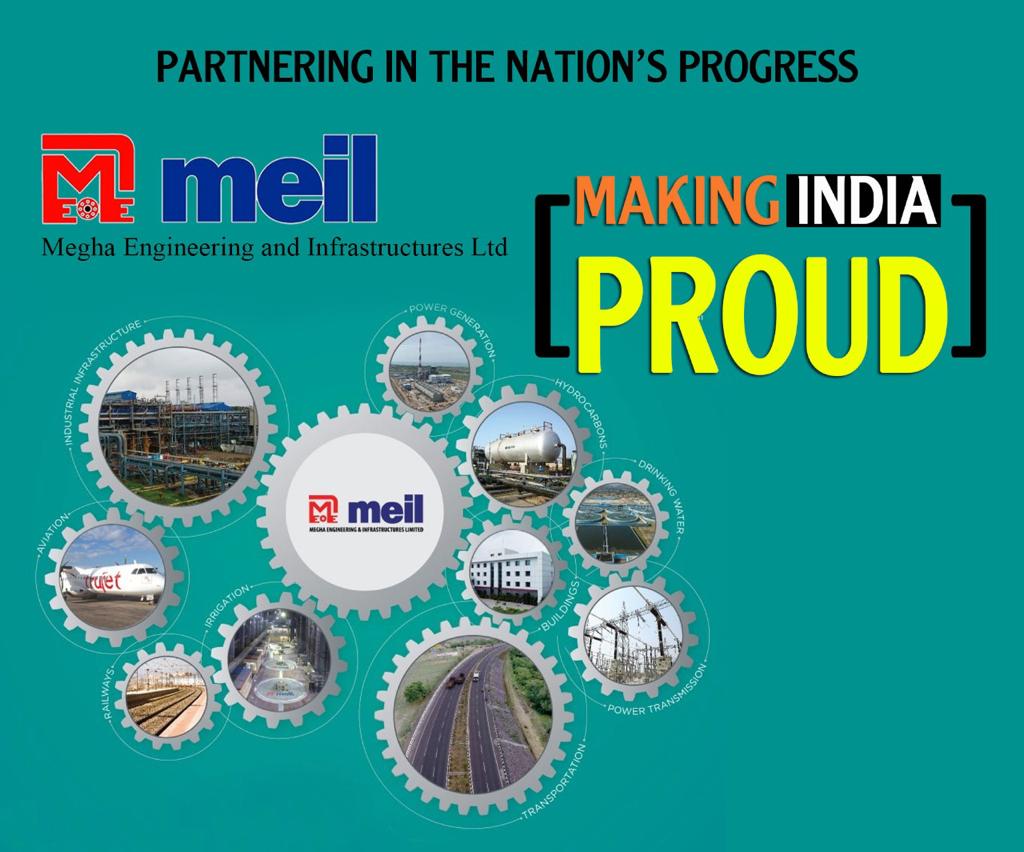New Delhi: India’s logistics costs have come down to between 7.8-8.9 per cent of GDP, significantly lower than previously assumed figures of 13-14 per cent according to studies carried out by the National Council of Applied Economic Research (NCAER), reflecting the success of the PM Gati Shakti National Master Plan for infrastructure development, according to a report, titled ‘Gati Se Pragati’, released on Thursday.
However, the country’s logistics costs are still above global benchmarks of 6-8 per cent seen in developed economies. This positions India favourably for achieving world-class logistics efficiency through coordinated infrastructure development. Simultaneously, India’s improvement in the World Bank’s Logistics Performance Index from 44th to 38th in 2023 indicates positive momentum, though substantial scope exists for further advancement, the report states.
The PM Gati Shakti National Master Plan is India’s most ambitious infrastructure coordination initiative, fundamentally reshaping how the nation approaches connectivity and economic development. This report reveals that while the programme has established robust institutional frameworks and achieved initial coordination successes, substantial opportunities remain to accelerate India’s economic transformation through targeted interventions across its seven infrastructure engines.
The seven engines framework represents a holistic approach encompassing roads, railways, airports, ports, waterways, mass transit, and logistics infrastructure, each contributing distinct value to India’s connectivity ecosystem.
The programme’s targets are ambitious: expanding national highways to 200,000 km, increasing railway freight capacity to 1,600 million tonnes, establishing 200-220 new airports, and achieving comprehensive multi-modal integration.
These targets align with India’s broader economic objectives while addressing critical infrastructure bottlenecks that have historically constrained growth. However, significant implementation challenges persist across all seven engines, including funding gaps, regulatory complexities, land acquisition delays, and coordination deficits between central and state agencies.
The analysis reveals that while the institutional framework exists, translating coordination mechanisms into accelerated project delivery requires enhanced focus on technology adoption, private sector participation, and streamlined approval processes.
The economic impact assessment demonstrates substantial multiplier effects from infrastructure investments, with each rupee invested generating between 2.5 and 4.0 times economic output, depending on the infrastructure type. Roads and railways exhibit the highest multipliers, while emerging sectors like inland waterways present significant untapped potential.
The socio-economic benefits extend beyond direct economic impact, encompassing employment generation, regional development, environmental sustainability, and enhanced quality of life for citizens. Strategic interventions identified for optimal Gati Shakti implementation include establishing real-time project monitoring systems, creating dedicated infrastructure financing mechanisms, enhancing private sector participation through innovative models, and strengthening capacity-building initiatives across implementing agencies, according to the report.
The success of PM Gati Shakti ultimately depends on sustained political commitment, adequate resource allocation, and continuous adaptation of coordination mechanisms to emerging challenges and opportunities, the report added.
(IANS)





